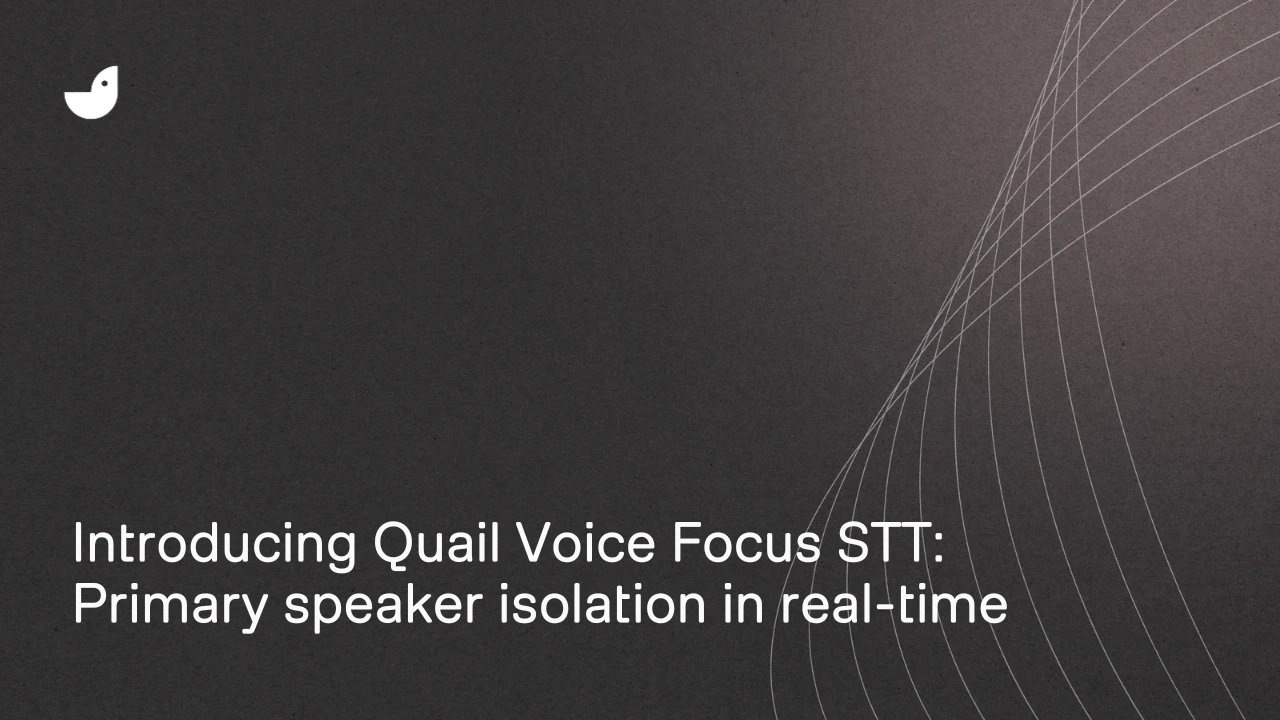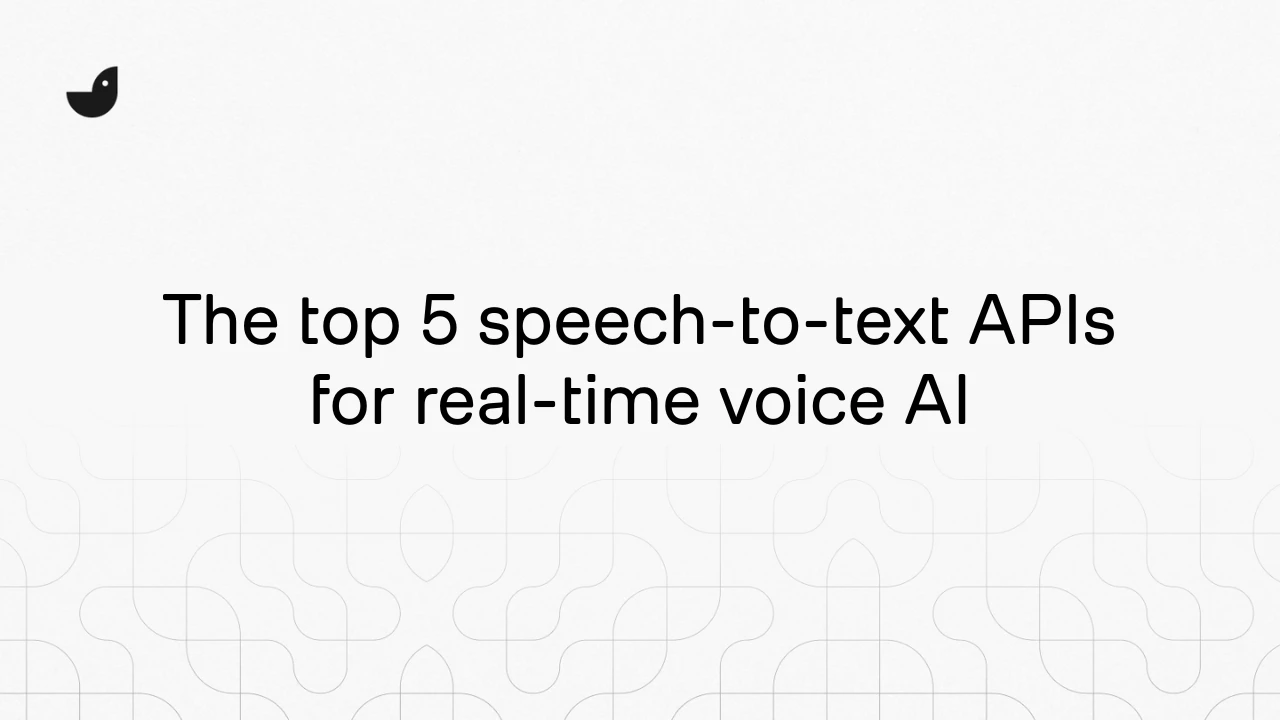We’re pleased to be teaming up once again with our friends at Elgato, the experts behind creator gear including stream decks, microphones, lighting, camera solutions, and more. Earlier this year, Elgato and ai-coustics joined forces to launch Voice Focus, a feature in Elgato’s Wavelink 2.0 software update. Now, we’re making studio-quality audio even more accessible, with the Elgato VST3 featuring ai-coustics audio enhancement technology.
Key features
The Elgato VST3 powered by ai-coustics offers professional-grade audio enhancement in a simple, creator-friendly plug-in that brings studio-quality sound to everyone. No need for advanced audio engineering skills: this is plug and play at its best.
The VST3 features:
- Real-time AI-powered noise suppression, dereverberation, and voice enhancement
- One-click preset tuning for streamers, podcasters, and creators
- Lightweight design, with optimized CPU usage for live streaming scenarios
- Seamless integration into the Elgato ecosystem, including Wave Link, Stream Deck and more
Additional benefits include:
- Cross-platform DAW support
- Presets tuned for streaming, podcasting, gaming, and voiceovers
- Compatible with Elgato hardware workflows, such as Stream Deck profile switching
- Low-latency performance for live broadcasts
- Future-proof and ready to evolve with ai-coustics model updates
Giving every creator their own studio
A key highlight from the previous ai-coustics/Elgato collaboration was the ability to offer every creator with Wavelink 2.0 studio-quality sound. Now, we want to extend this offer to even more creators.
“We saw the great response about Wavelink 2.0 from our community and the praise for how well it works, especially given it’s only using the CPU, which is critical for gamers,” says Stephan Nöthen, Principal Product Architect at Elgato. “We wanted to open up access to this technology beyond owners of an Elgato microphone. Now anyone who uses Wave Link or any audio host supporting VSTs will have the ability to purchase and use Voice Focus on their microphones.”
“Voice Focus has already been such a huge success, and we’re pleased to be expanding its reach,” adds Fabian Seipel, co-founder and CEO of ai-coustics. “By bringing our enhancement technology to the VST3 format, we’re making it easier than ever for creators to achieve professional sound, no matter their setup.”
It’s another milestone in the ai-coustics mission to democratize studio-quality audio. By combining Elgato’s creator-focused ecosystem with ai-coustics’ cutting-edge AI audio technology, we’re empowering creators of all levels to sound their best.
You can explore the VST3 for yourself on Elgato’s marketplace.
Interested in integrating audio enhancement into your product?
If you’d like to learn more about ai-coustics real-time audio-enhancement capabilities, book a demo with our technical team today.



